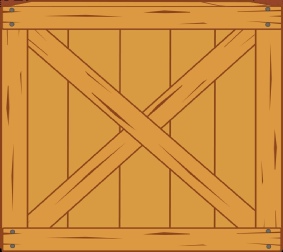© 2014-

Communications and Codes
With true irony the offshore stations -
Except for emergency situations ship-
They quickly learnt that on-
A number of alternative methods were devised:-
- Records with a message in the title or lyric played during normal programmes to signify that assistance was needed (for example Radio City used "You Got Your Troubles" by the Fortunes while Radio Caroline relied on "Caroline" by the Fortunes, and in later years "Lady in Red" by Chris de Burgh, or a combination of these and others as during the raid on the Ross Revenge in 1989.
- Live or pre-
recorded messages often relayed during early morning hours when audience levels were small. The taped messages were sometimes transmitted at high speed, or even backwards, to appear inexplicable to the average listener. Radio Nord used this method regularly after its ship- to- shore communications had been cut. - A system of code numbers which were read out by the on-
air DJ, often at the top of the hour or just before a station closedown. Each number had a specific meaning - low fuel, anchor chain broken, ship adrift or just mundane supply requests such as specific foodstuffs or items of equipment which needed restocking. The code numbers, and their meanings, were changed regularly to avoid the possibility of being 'cracked' by the authorities. The code number system was used extensively by stations on board the Mi Amigo in the 1970s and later on the Ross Revenge to call for assistance in times of distress - Perhaps the most sophisticated system was that aboard the Laser 558 ship, Communicator, which used satellite facilities to transmit messages between the ship and the land based contacts in Britain and America. Although for much of the station's life the satellite system was not functioning it was used on occasions, but proved very expensive and was never used for its primary purpose -
to relay advertising copy direct from the New York airtime sales agents to the ship for same day broadcast. - A number of stations also engaged in unauthorised or unlicensed two-
way communications systems and there are a number of recorded incidents where people employing this type of communication on a beach or sea front location were apprehended by the authorities. Perhaps the most elaborate example of this type of communication system was that employed by Radio North Sea International (RNI) from the Grand Hotel in Scheveningen, where a bedroom was taken over and used to house radio telephone equipment linked to the Mebo II.


HOLD Noun -







Basement
Back to





20